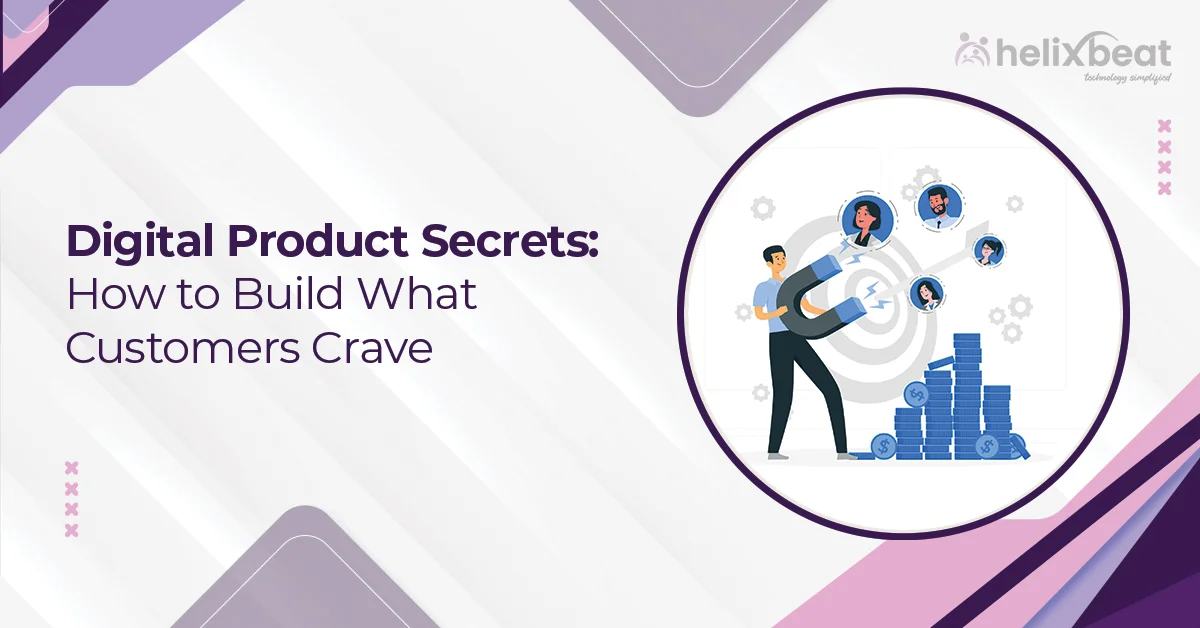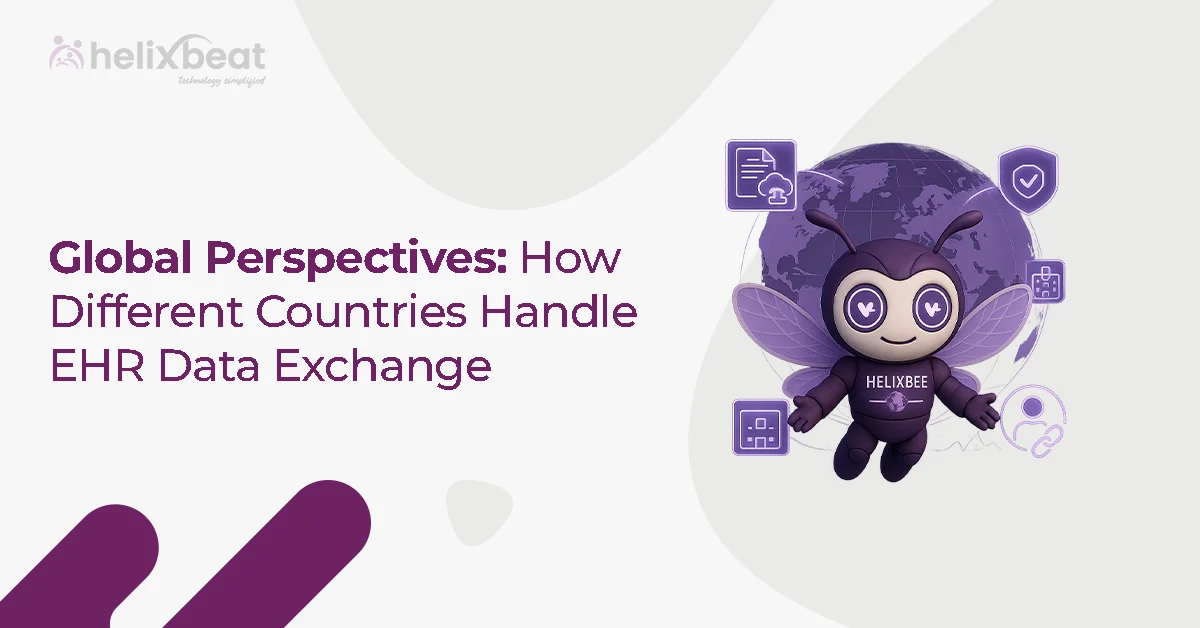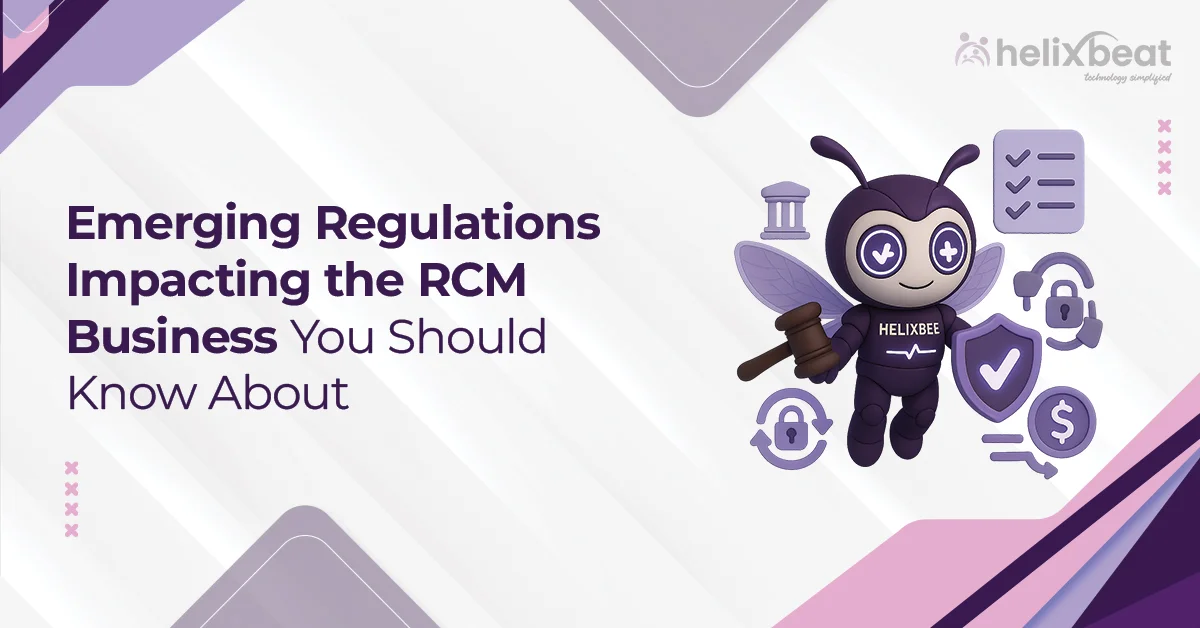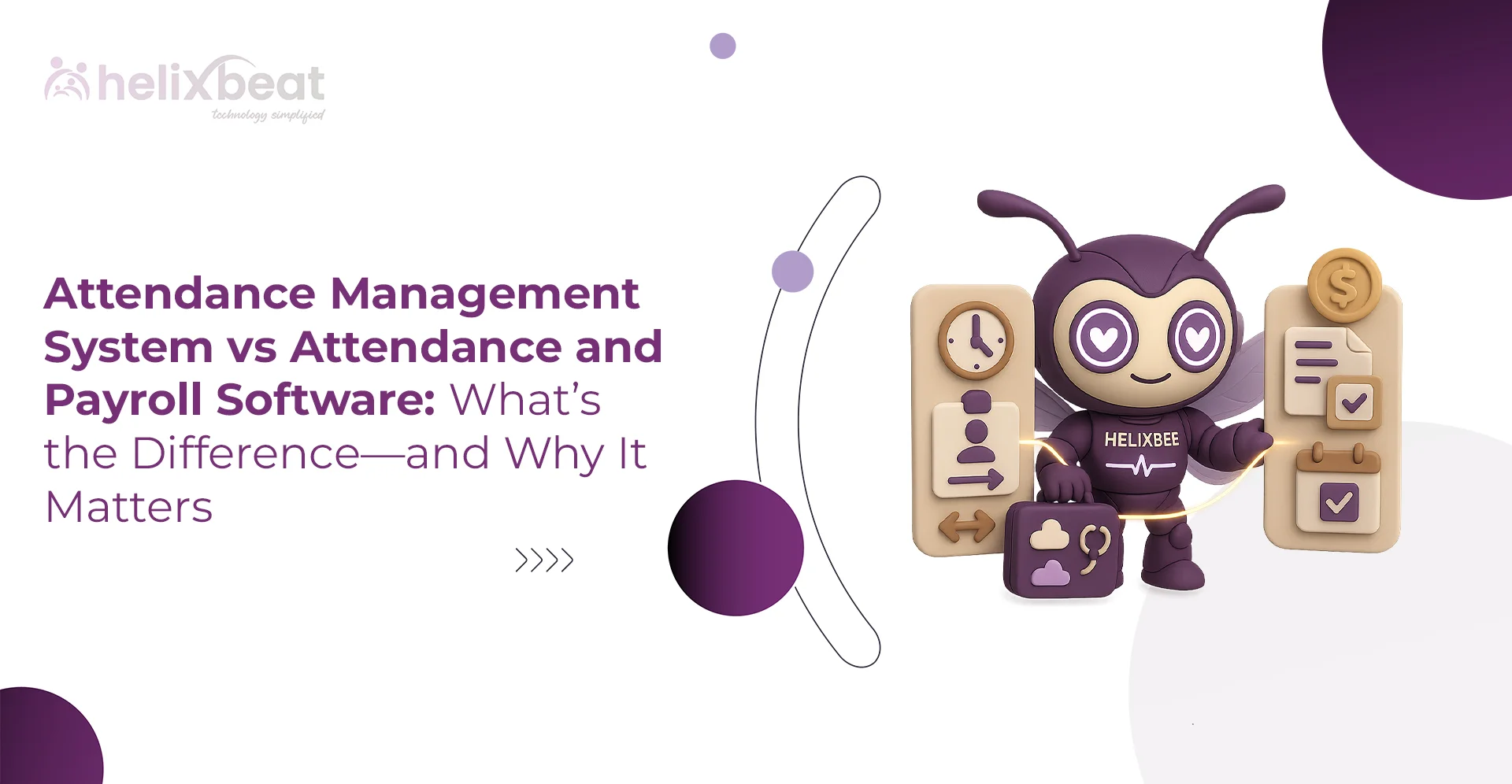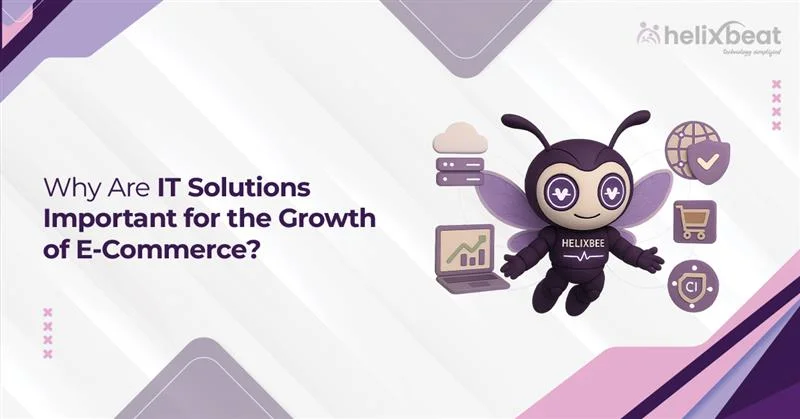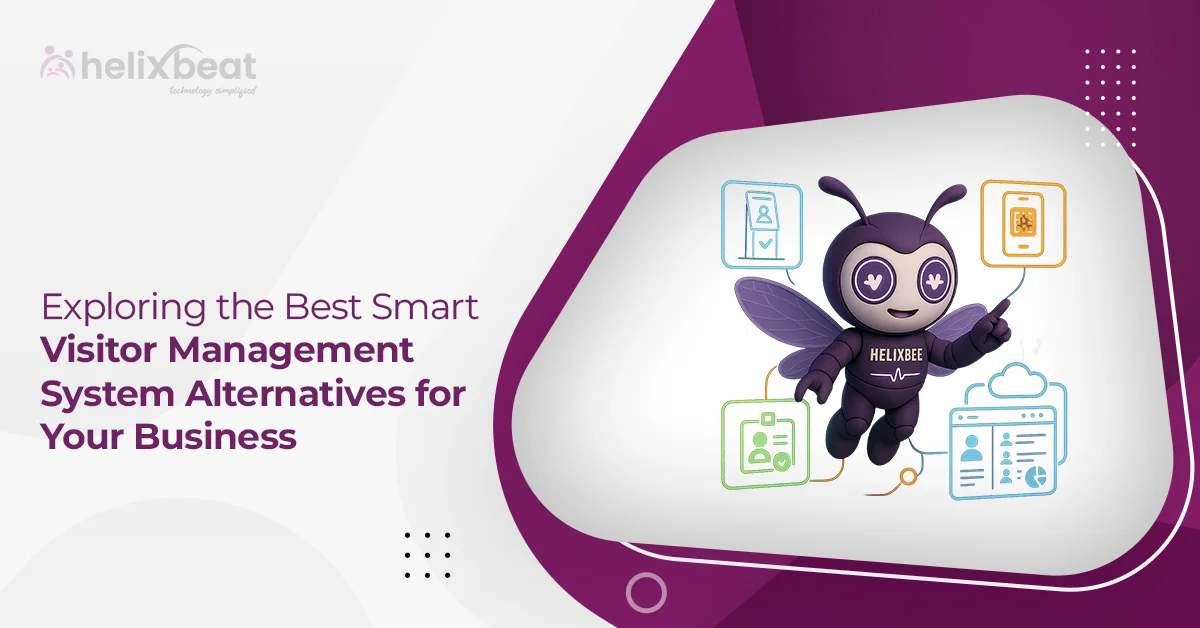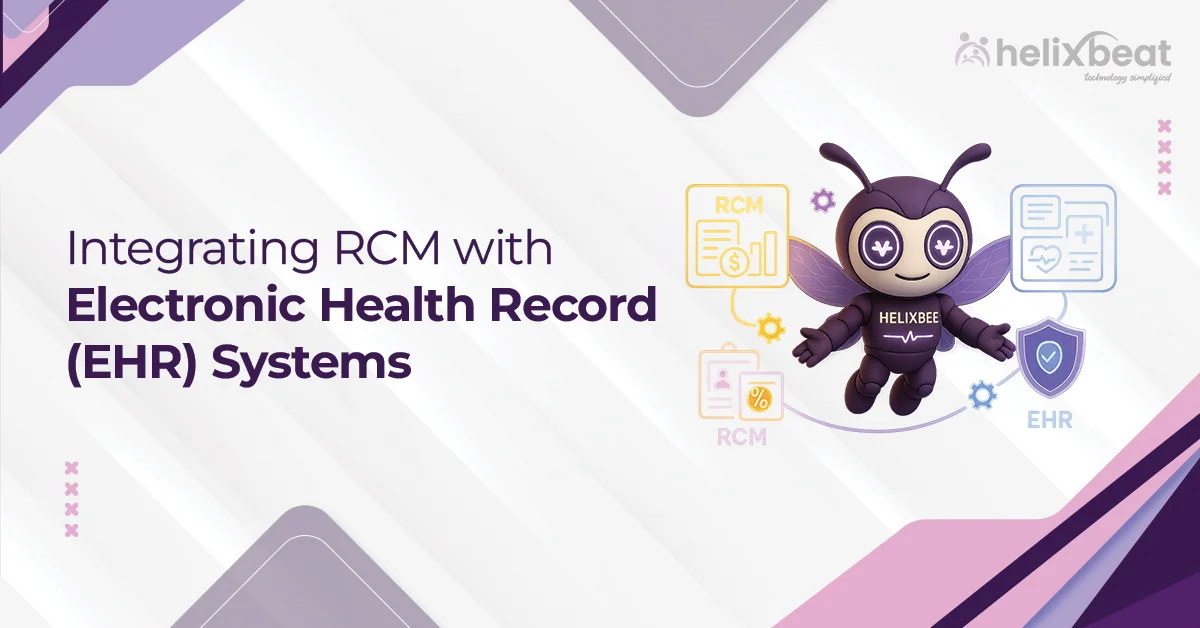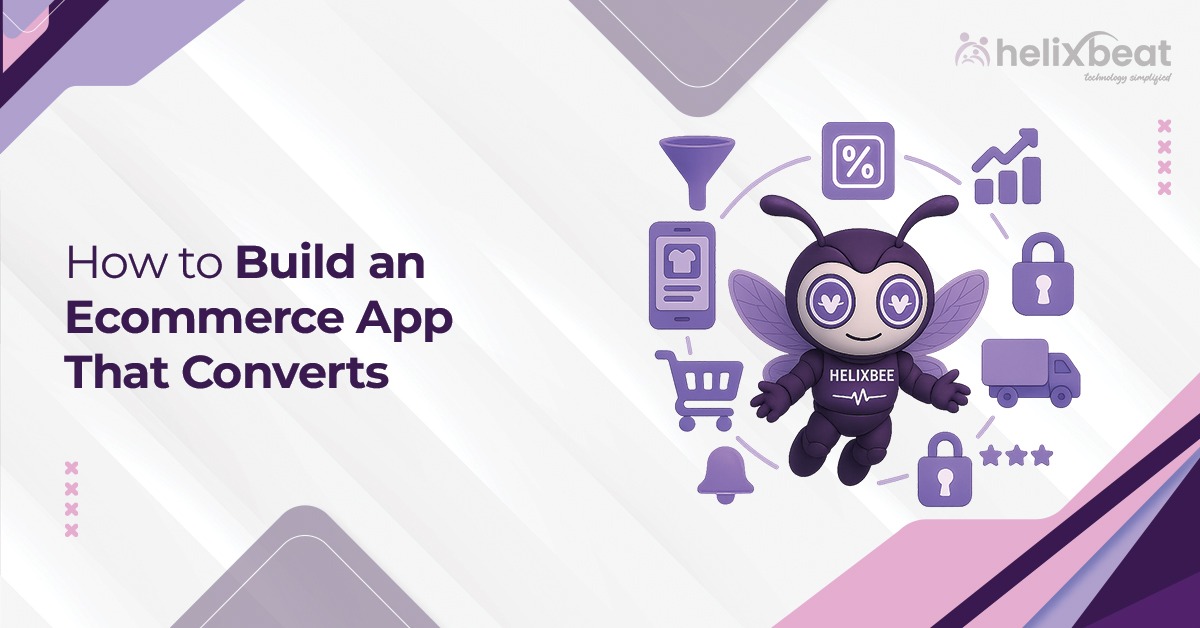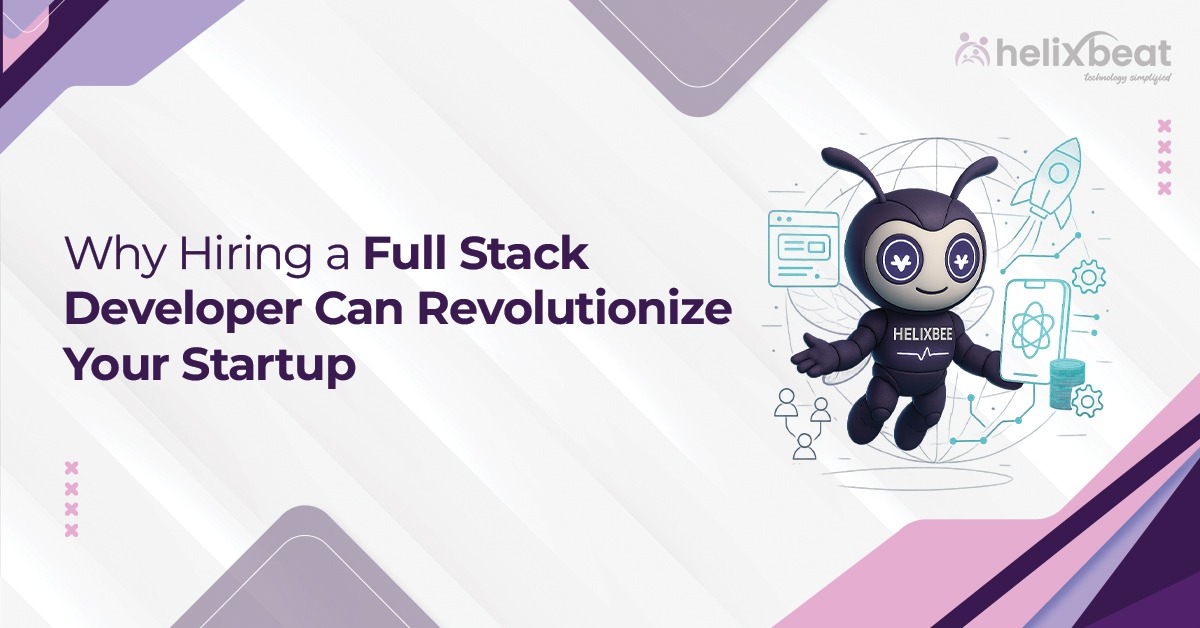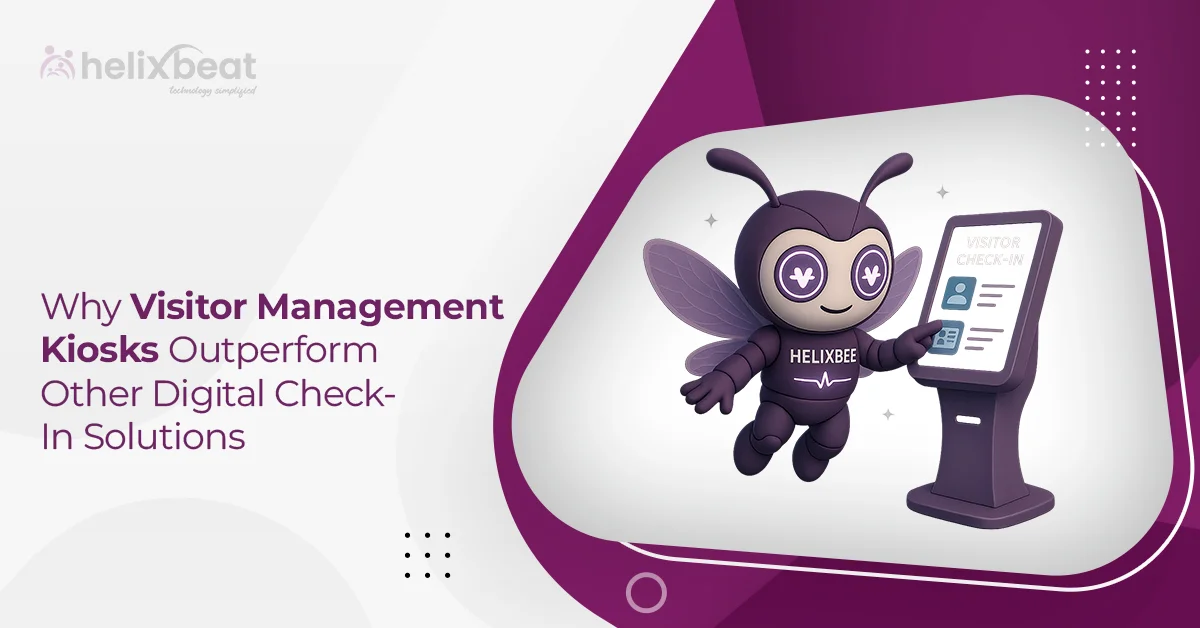Many digital products fail because they are built without understanding what users truly need. A study by CB Insights found that 35% of startups fail because there’s no market demand for what they’ve created. This shows how important it is to solve real problems, not just build flashy features.
Digital product development is not just about designing apps or software. It’s a step-by-step process that focuses on solving specific customer pain points. When you build with users in mind, your chances of success go up.
This is where working with an experienced digital product development company can make a big difference. They bring strategy, design thinking, and tech skills together to shape products that work in real markets.
In this blog, you’ll learn how to create digital products that people actually want.

Table of Contents
What is a Digital Product?
A digital product is any product you can use or access online without needing a physical item. It’s delivered through software and often solves a specific problem, entertains, or helps users get things done faster or better. Examples include mobile apps, SaaS platforms, eBooks, online tools, and streaming services.
Unlike physical products, digital products are scalable. You can build one version and sell it to thousands of users without extra manufacturing costs. That’s why many businesses are investing in digital product development to create smart, tech-driven solutions for modern users.
These products are built using a mix of design, user research, coding, and testing. A good digital product development company will focus on real user needs and use data to build tools that work smoothly and grow with demand.
5 Different Types of Digital Product
Not all digital products are built the same. Based on functionality, delivery model, and end-user interaction, here are five distinct types of digital products commonly developed by product teams and digital product development companies:
1. SaaS (Software-as-a-Service) Platforms
These are cloud-based applications accessed via subscription, often used for productivity, communication, or business management. Examples include CRM systems, marketing automation tools, and accounting platforms. SaaS relies on multi-tenancy architecture, allowing scalability and centralized updates.
HubSpot – A CRM and marketing automation platform serving over 194,000 customers in 120+ countries, offering lead generation, sales pipeline, and email marketing in a unified SaaS suite.
2. Mobile Applications
Mobile apps are developed for iOS and Android platforms using native (Swift, Kotlin) or cross-platform frameworks (Flutter, React Native). They offer functionality ranging from health tracking to fintech solutions and often integrate with APIs, sensors, or cloud storage.
Headspace – A mindfulness and meditation app with over 70 million downloads and partnerships with companies like Starbucks and Google for employee wellness programs.
3. Web Applications (PWAs & SPAs)
Progressive Web Apps (PWAs) and Single-Page Applications (SPAs) offer native-like user experiences in the browser. Built using JavaScript frameworks like Angular or React, they support dynamic content, offline usage, and fast performance—ideal for eCommerce and booking platforms.
Starbucks PWA – Enables offline ordering, loading in under 2 seconds on 2G networks. It doubled daily active users and increased orders from mobile devices.
4. Digital Content Products
These include eBooks, online courses (LMS platforms), templates, stock photography, and other downloadable resources. Content-based products require content management systems (CMS) and DRM (Digital Rights Management) protocols for protection and scalability.
Coursera – An online course platform with over 129 million registered learners and partnerships with 300+ universities and organizations to deliver structured educational content.
5. API-First Products & Developer Tools
Built for integration, these digital products include APIs, SDKs, and developer platforms that act as building blocks for other apps. Examples include payment gateways, authentication services, or data analytics engines. They focus on backend reliability, API versioning, and developer documentation.
Stripe – A payments infrastructure API used by millions of businesses in over 120 countries, handling over $817 billion in payments in 2022 alone.
Each product type requires a unique digital product development approach, from architecture to deployment strategy. Choosing the right type depends on your business goals, target audience, and tech stack.
6 Key Steps to Create a Product That Solves Real Customer Problems
Most product failures stem from a lack of user insight, not a lack of features. To build a solution that truly adds value, you need more than a great idea you need a structured, user-centered digital product development process. Here’s how leading companies and product teams do it:
Step 1: Discover Real Customer Pain Points
Start by talking to your users. Utilize surveys, interviews, and behavioral analysis to identify common pain points. Look for problems that are urgent, frequent, and emotionally frustrating.
This insight helps you build a product that directly addresses real user needs. 35% of startups fail due to a lack of market need.
Step 2: Define the Value Proposition
Once the problem is clear, define your solution. Craft a sharp value proposition that shows what makes your product unique and helpful. Focus on the benefit to users, not just features.
Your value statement should answer: “Why should someone care about this product?”. A clear value proposition can boost conversions by up to 90%.
Step 3: Design a Clickable Prototype
Use tools like Figma to create a working prototype of your product. This helps visualize the core user journey and allows for early feedback.
A prototype reduces development risk by testing usability and flow before investing in actual coding or infrastructure. Companies using rapid prototyping reduce development time by 33%.
Step 4: Build a Minimum Viable Product (MVP)
Develop a lean version of your product with only essential features. The MVP should solve the main user problem efficiently. Use clean, scalable code and focus on speed to market.
This version helps test the product in real environments with real users. Startups using MVPs are 60% more likely to raise funding within the first year.
Step 5: Test, Measure, and Iterate
Track how users interact with your MVP using tools like Google Analytics and Mixpanel. Analyze behavior, identify friction points, and collect direct feedback.
Use this data to refine features, adjust UX, and iterate quickly for better adoption and long-term engagement. Products that implement continuous feedback loops see 30% higher retention after 90 days.
Step 6: Scale and Monetize
Once validated, scale the product with advanced features and optimize for performance. Focus on customer acquisition, onboarding, and monetization strategies like subscriptions or freemium models.
Growth at this stage comes from smart marketing, feature expansion, and consistent user value delivery. Digital products with clear monetization strategies grow 2.3x faster than those without.
Whether you’re a startup founder or leading a product team in an enterprise, following this disciplined digital product development framework is your best path to meaningful success.
Challenges in Digital Product Development
- Misalignment with User Needs: Teams often build features based on assumptions instead of validated user problems, leading to poor product-market fit.
- Scope Creep and Feature Bloat: Without a focused roadmap, products can quickly become overloaded with features that add complexity but little value.
- Lack of Cross-Functional Collaboration: Poor communication between design, development, and business teams can delay releases and compromise quality.
- Choosing the Wrong Tech Stack: Inappropriate technology choices can limit scalability, increase maintenance costs, or slow down development cycles.
- Unclear Monetization Strategy: Many digital products are built without a clear plan for generating revenue, making long-term sustainability difficult.
How to Sell Your Digital Product in the Market
Selling a digital product isn’t only about promotion, it’s about delivering value smoothly, pricing it right, and scaling access. Below are four critical areas to focus on:
1. Choose the Right Distribution Model
- Your product’s success depends on how easily users can access and use it. Decide early whether your product will be delivered as a web-based platform (SaaS), mobile app, downloadable software, or API-based service.
- For B2B products, integrations (like with Slack, HubSpot, or Google Workspace) can drive faster adoption. Choose a model that fits your user behavior and technical infrastructure.
2. Develop a Scalable Licensing or Subscription System
- Avoid selling as a one-time product unless it’s content-based. Instead, set up recurring models monthly subscriptions, pay-per-use pricing, or tiered licenses.
- Use tools like Stripe, Chargebee, or Razorpay to handle subscription logic, trials, and plan upgrades. A good digital product needs flexible pricing to grow with its users.
3. Simplify Onboarding and Usage
- Even a powerful product fails if users can’t figure it out. Build clear onboarding workflows, in-app tutorials, and minimal steps to activation (what’s often called “time-to-value”).
- Use real-time help (like tooltips, guided checklists, or onboarding APIs) to reduce user drop-off. The easier it is to use, the more likely users will keep using and paying.
4. Support and Scale with Automation
- Once your product gains users, manual operations can become a bottleneck. Set up systems to automate license delivery, user provisioning, updates, and reporting.
- Tools like Zapier, webhooks, or backend job queues help you manage customer actions at scale without overloading your team. This makes your digital product easier to maintain and sell in higher volumes.
Why Build with Helixbeat?
At Helixbeat, we don’t just write code; we build digital products that solve real problems and scale up your business. Whether you’re launching an MVP or developing an existing platform, our team supports you at every stage of the digital product development journey.
Here’s what makes us different:
- Strategy-First Approach: We begin with deep research and user insights to align your product with real market needs.
- UX-Centered Design: Clean, intuitive interfaces that users actually enjoy.
- End-to-End Development: From prototyping to launch, handled under one roof.
- Faster Time-to-Market: Agile development processes for rapid delivery.
- Scalable Architecture: Tech stacks built for long-term performance and growth.
If you’re a startup aiming to grow fast, we build flexible products that scale as you do. Book a free consultation with us and turn your idea into a high-impact digital product.
FAQ:
1. What are the 4 types of product development?
The four types include new product development, product improvements, product line extensions, and repositioning existing products for new market segments.
2. What is the best-selling digital product?
While it varies by industry, eBooks, online courses, and SaaS tools are consistently top-selling digital products. For instance, productivity SaaS tools like Zoom or Notion generate millions in recurring revenue due to their broad user appeal and global scalability.
3. Digital product development examples
Some of the best examples of digital product development include Spotify, which transformed music streaming with personalized algorithms; Coursera, which offers structured online learning at scale; Slack, a team communication platform widely used in workplaces; and Stripe, a developer-friendly payment API that powers global eCommerce.
4. What are digital product development services?
Digital product development services include everything needed to bring a digital product to life from strategy, UX/UI design, and prototyping to backend/frontend development, testing, deployment, and scaling. These services are offered by digital product development companies to help businesses build user-driven, market-ready solutions.
5. What is the digital product concept?
The digital product concept refers to any product that is created, delivered, and used in a digital format. It typically exists as software or content, such as a mobile app, web platform, API, or digital download. The focus is on usability, scalability, and solving real-world problems without physical form.



